
views
X
Research source
Deadheading Irises
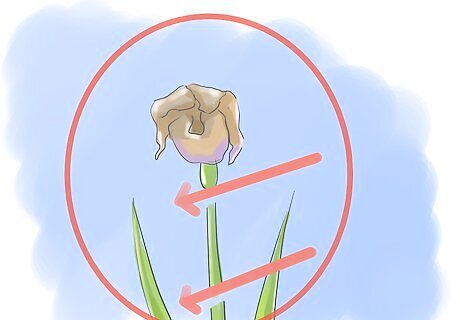
Understand what deadheading is. Deadheading is when you remove dead flower heads from a plant. This process stops seeds from growing once the flowers have faded. Producing seeds takes up a plants energy that could otherwise be put towards producing new growth. Deadheading also help to tidy up your garden and get rid of withered, faded flower petals. Dead iris flowers tend to turn brown very quickly and aren't very attractive.
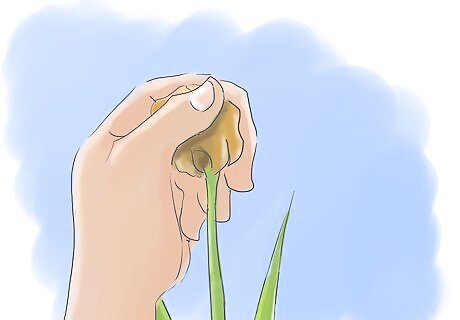
Pinch off the dead flower with your fingertips. To deadhead an Iris flower, you can pinch off the spent flower using your fingertips. Alternatively, use a sharp blade to remove the flower. You need to cut off not just the dead flower petals but also the slightly swollen fat bud-like sheath the petals grow from. This bulb-like part of the plant is where the seeds will form.
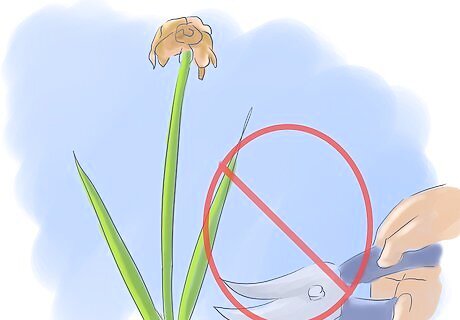
Try to avoid removing the entire stalk of the plant. Don't remove the entire stalk of the plant in case there are other buds that have yet to emerge and bloom. Some Iris flowers will fade after a day, but deadheading them can help the plant to form new blooms more quickly, so try not to cut away the whole plant.
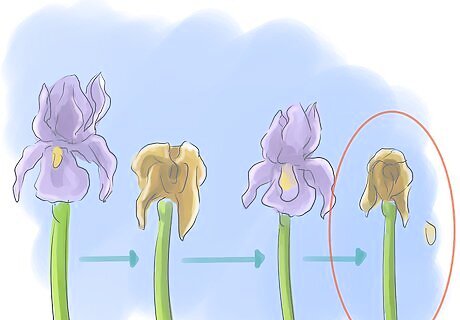
Be aware that bearded Iris will sometimes flower twice. Bearded Iris may bloom at the beginning and end of summer. Wait until this second round of flowering has occurred before cutting your flowers back. Once you know the flowering season is over, you can use a sharp pair of garden cutters to remove the tough stem. However, do not cut away any green foliage that is still on the plant. Removing the stem will help to prevent the plant from rotting, and will also help to clean up the look of your garden. Once you have cut away the stem, place it in your compost.
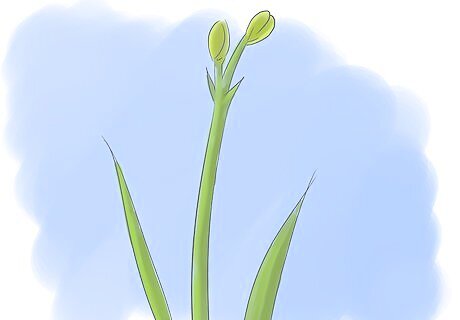
Consider leaving the seed heads on the plant if you like the way that they look. You'll notice that there are some varieties of Iris that have pretty seed heads. Many gardeners leave the flowers on varieties such as Stinking iris (Iris foetidissima) and Blackberry lily (Belamcanda) to enjoy the display of seed heads. Just be aware that when you leave the seed heads on, the seeds may spread, causing other Irises to grow throughout your garden.
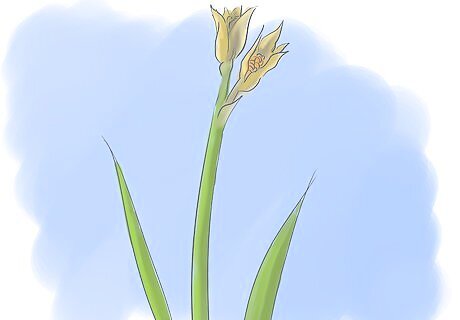
Leave the seed heads on the plant if you want to grow more Irises. Leaving the seed heads on will make it more likely that new Irises will grow in other parts of your garden. However, be aware that Irises grown from seeds may not look exactly like the original parent plant. You could also collect the seeds and grow them yourself. To do this, soak the seeds in water for 48 hours. Plant the seeds once they have soaked.
Caring for Your Irises
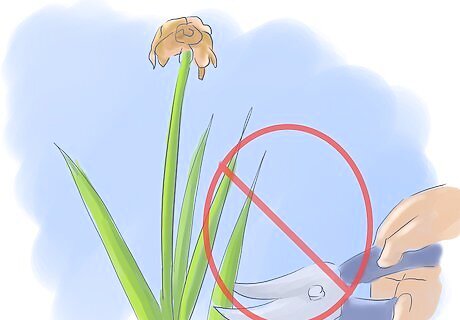
Avoid cutting the foliage after the flowers die. It's very important to leave the green foliage on the plant after the flowering ends. This is because the plant draws energy into its roots through the foliage, and stores this energy to help it survive the winter. Leave the foliage on the plant until it withers away of its own accord. It's okay to trim off any brown tips but leave as much healthy green growth as possible.
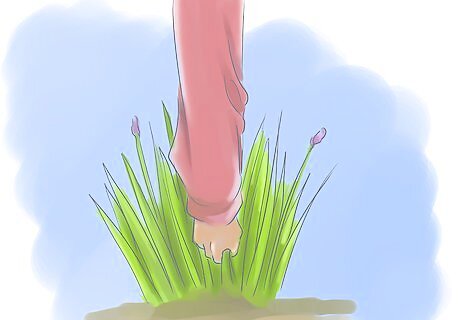
Cut or pull away the foliage once fall comes around. Once the foliage has withered in the fall, you can cut back the foliage to about six inches from the ground. If possible, wait to do this until after the first hard frosts. Try to pull off the dead foliage, rather than cutting the plant if at all possible. Cutting the plant can make the it more susceptible to disease.
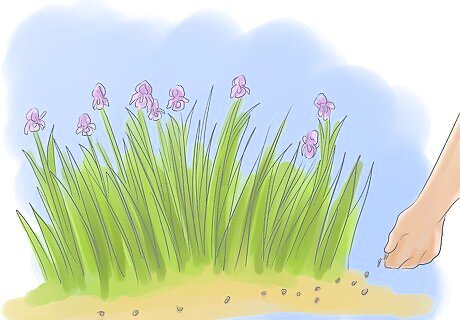
Give your Iris fertilizer if the foliage is looking pale. Irises generally don't need much fertilizer. However, if the foliage isn't a green healthy color then consider giving your Irises some fertilizer after they finish blooming. A granular fertilizer can be gently raked into the soil around the plant. Make sure it mixes into the top few inches of soil. Avoid using fertilizers that have high levels of nitrogen since they could lead to rot.

Divide your irises every three to five years. Dividing your Iris rhizome will boost your plant's health and performance. Wait until six weeks after the plant's blooms die to divide your rhizome. To divide your Iris: Dig up the rhizome and cut it into four to six pieces, each with a healthy bit of leaf and root attached. Replant each rhizome so that they are about 18 inches (45.7 cm) apart.

Feed your Iris at the beginning of spring. When blooming is about to begin again, give your Iris some fertilizer to help it produce healthy blooms. Choose a fertilizer that is low in nitrogen relative to potash (potassium) and phosphorus. Fertilizers that have high amounts of nitrogen can make Irises more prone to rot.
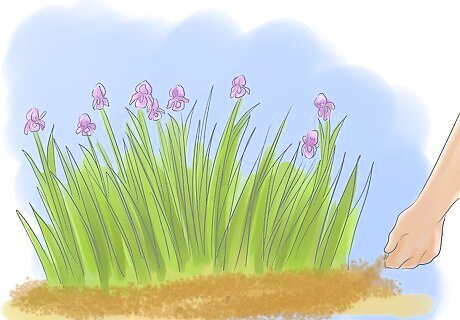
Mulch around the plant, rather than directly over the rhizomes. Try to avoid putting mulch directly over your rhizomes, as this can cause them to rot. However, you can surround the plant with about two inches of mulch, so long as the rhizomes aren't buried. Try to avoid using manure when mulching your Irises.
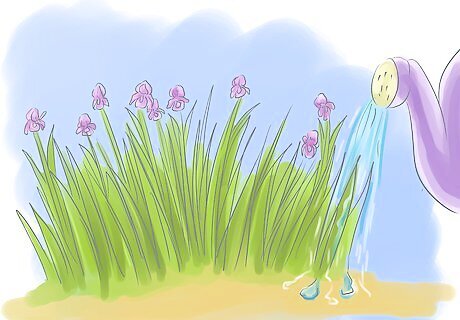
Water your plants in dry weather. While Irises are pretty independent plants, they still may need some water in very dry weather. However, try to avoid over watering these plants, as they are very prone to rot.




















Comments
0 comment